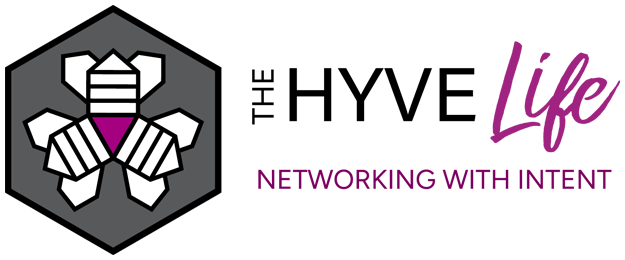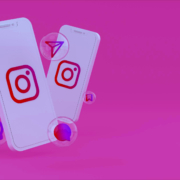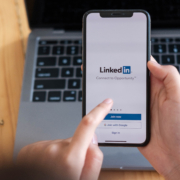Be a Connector: Creating Opportunities for Others First
If you want to take your networking to the next level, focus on becoming a connector. Here’s how—and why—it works.
At The Hyve Life, we believe that the heart of true networking isn’t about collecting contacts—it’s about creating connections. The people who stand out most in any professional circle aren’t the ones who ask for help. They’re the ones offering it first. They’re what we call connectors—people who make introductions, open doors, and spark collaboration without expecting immediate returns.
Adopt the Connector Mindset
Being a connector starts with a mindset shift. Instead of thinking, “What can I get from this relationship?” ask, “Who can I help, and how?” That shift is powerful—and magnetic.
When you enter a conversation looking for ways to help, people naturally feel more open, relaxed, and valued. They remember you not as someone pushing a pitch, but as someone who genuinely listened and wanted to add value.
Listen for Opportunity Clues
At every networking event, in every conversation, there are subtle clues about what people need. Someone might mention they’re hiring, struggling with marketing, looking for a better work-life balance.
Pay attention. Instead of jumping in with your own story, take a beat to consider: Do I know someone who could help? It could be a human resources consultant, a reputable IT service provider, a strategic marketing consultant, or even a peer who has successfully navigated similar challenges. Leveraging the insights and support of experienced professionals and industry resources can make all the difference in a business or owner achieving their goals.
The best connectors act on these clues without hesitation—and without overthinking what’s in it for them.
Make Thoughtful Introductions
The value of a good introduction is priceless. But not all intros are created equal. The best connectors make thoughtful, mutually beneficial introductions that are relevant and well-framed.
When you introduce two people, make sure:
- You explain why you’re connecting them.
- You get permission first (especially if one party is high-profile).
- You keep it concise and professional.
Celebrate Others Publicly
Connectors don’t just work behind the scenes—they shine a light on others in public. Whether it’s giving someone a shoutout on LinkedIn, congratulating a peer at a group meeting, or highlighting a member’s business in your newsletter, spotlighting others builds trust and community.
This small gesture often inspires reciprocity—but even when it doesn’t, it reinforces your role as someone who champions others.
Play the Long Game
Being a connector isn’t about transactional wins—it’s about long-term impact. You might not benefit directly from an introduction you make today. But over time, people begin to associate your name with opportunity, trust, and generosity.
Doors will open. Not because you forced them—but because you held them open for others first.
Create Shared Platforms
If you lead a group or have access to an audience—big or small—use that platform to elevate others. Invite people to guest speak, co-host a workshop, share their story, or promote their work. It’s a small gesture with big ripple effects.
Final Thoughts: The Connector’s Legacy
In every industry, the most influential people are the ones who invest in relationships. Not just for their own gain—but for the benefit of others. Being a connector is more than a networking tactic—it’s a professional superpower.
Start small. Introduce two people this week. Share a resource. Cheer someone on. In doing so, you’re not just growing your network—you’re building a reputation that will last far beyond any one event.
At The Hyve Life we believe networking is not just about exchanging business cards or making surface-level connections. It’s about fostering meaningful relationships that propel both personal and professional growth. Our Philosophy – Networking With Intent, implies networking is a state of mind, a lifestyle, a choice….to always be building our network to empower ourselves and businesses by the connections around us. Join us for our monthly meetings.










